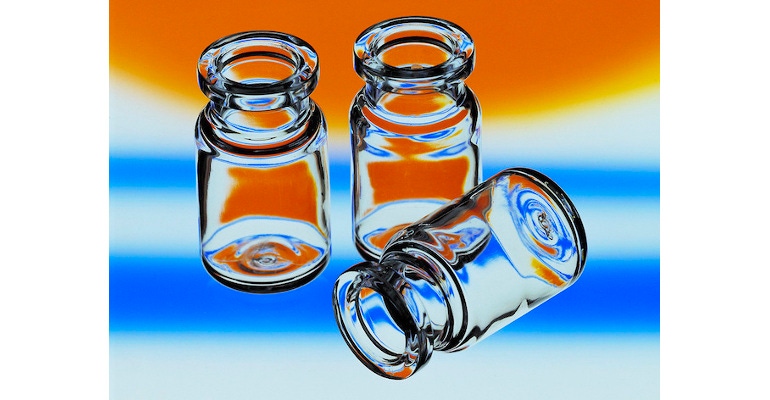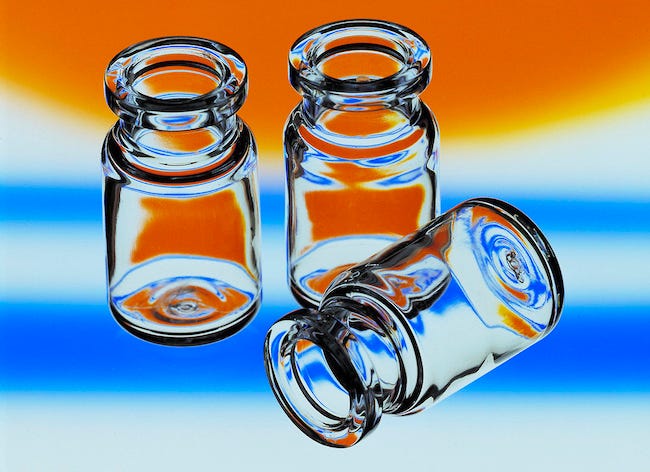Polyplastics USA reports surging interest from the pharmaceuticals industry in its Topas-branded cyclic olefin copolymer as an alternative to borosilicate glass for medical syringes and containers.
July 13, 2020

Polyplastics USA reports a surge of interest in its Topas-branded cyclic olefin copolymer (COC) as a result of the coronavirus pandemic. Topas COC is a long-established alternative to borosilicate glass for the fabrication of medical syringes and containers and is also routinely used to manufacture disposable diagnostic containers.
Polyplastics said that it can’t comment on current applications because of non-disclosure agreements. However, it is being used in COVID-19 testing applications, and developments are ongoing for its use in new vaccines and therapies, according to Timothy Kneale, Polyplastics’ President – Topas Americas.
“With a range of new tests and therapies under development, many companies find it important to use the purest, most inert products for their developments,” said Kneale. “We are pleased to be helpful in bringing as rapid an end to the pandemic as possible.” The interest in TOPAS COC comes amid a concern in the pharmaceutical industry of a shortage of glass vials for COVID-19 vaccines, according to Polyplastics.
|
Topas COC features extremely low leachables and extractables. Image courtesy Polyplastics. |
Topas COC could help alleviate a potential shortage of borosilicate glass used to make vaccine vials, explained Kneale. While inexpensive borosilicate glass meets today’s industry needs, some emerging drugs and therapies are incompatible with glass. In particular, Topas COC could fill a vital role as more biotech-derived active ingredients emerge, he added.
Kneale noted that the material’s extremely low leachables and extractables, along with its non-polar, low reactivity surface and broad global regulatory compliance make it ideal for diagnostic disposables and for packaging of vaccines and therapeutic agents. The material provides ultra-high purity and its inert nature prevents interference with reactions and analyses. Other attributes include its optical performance (91% clarity), UV transparency, and low birefringence.
The design freedom available with injection moldable COC enables lightweight, wearable drug-delivery solutions, portable diagnostic devices, and more.
About the Author(s)
You May Also Like



